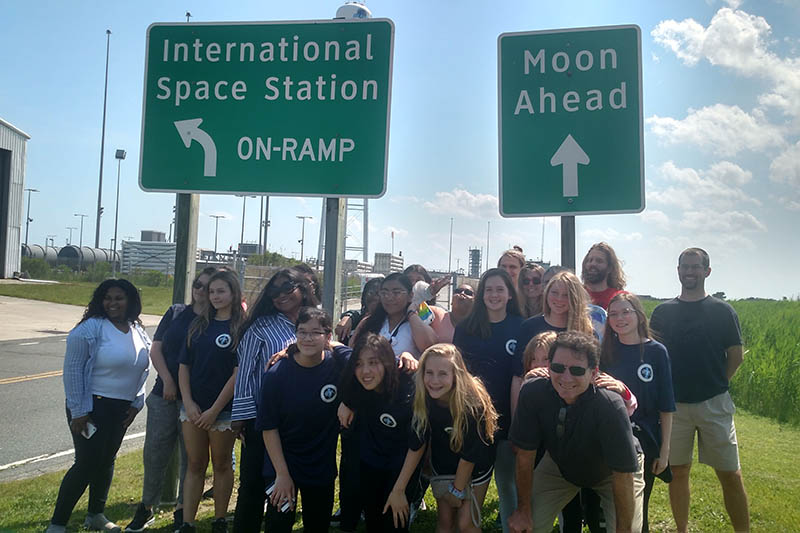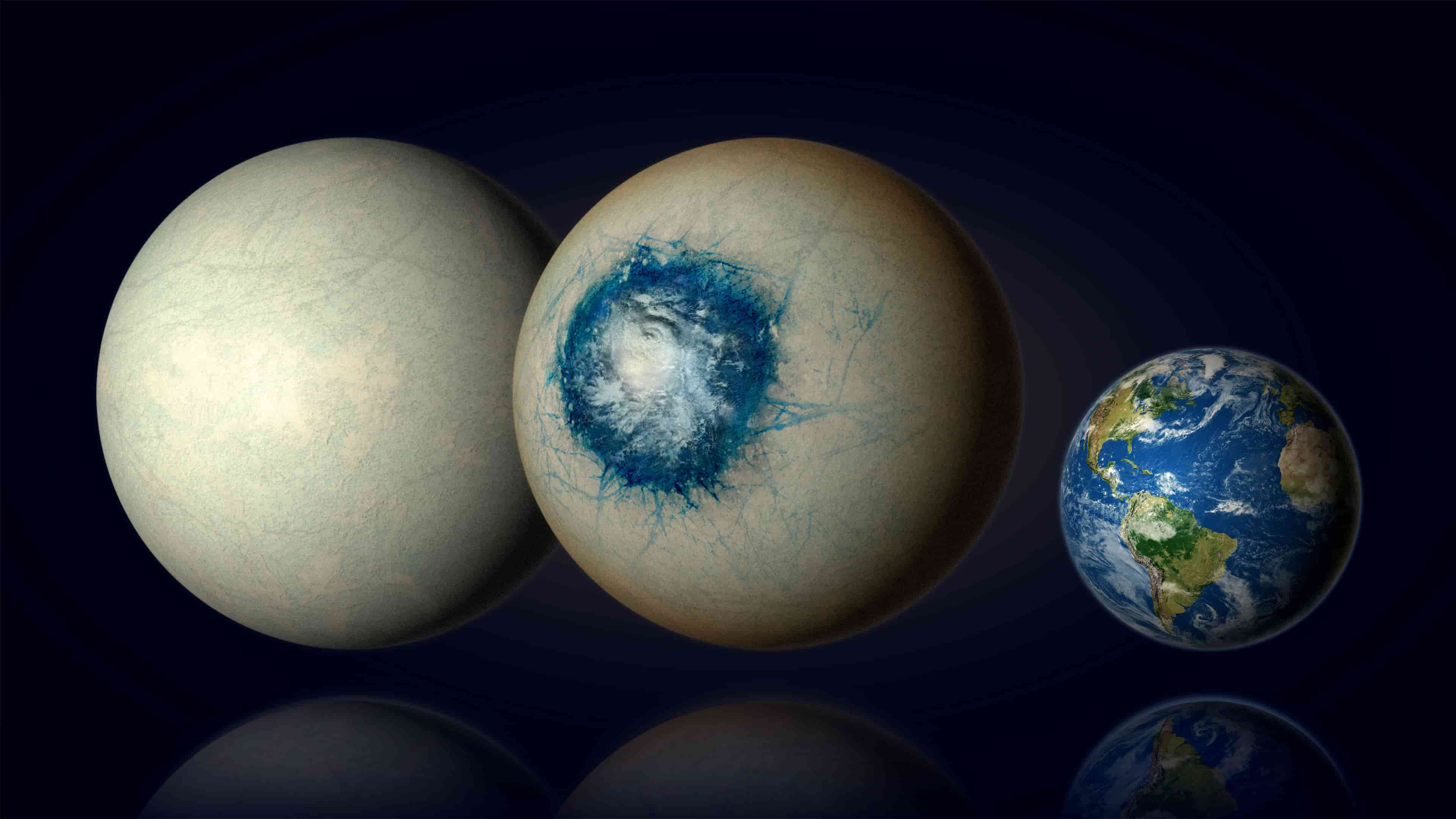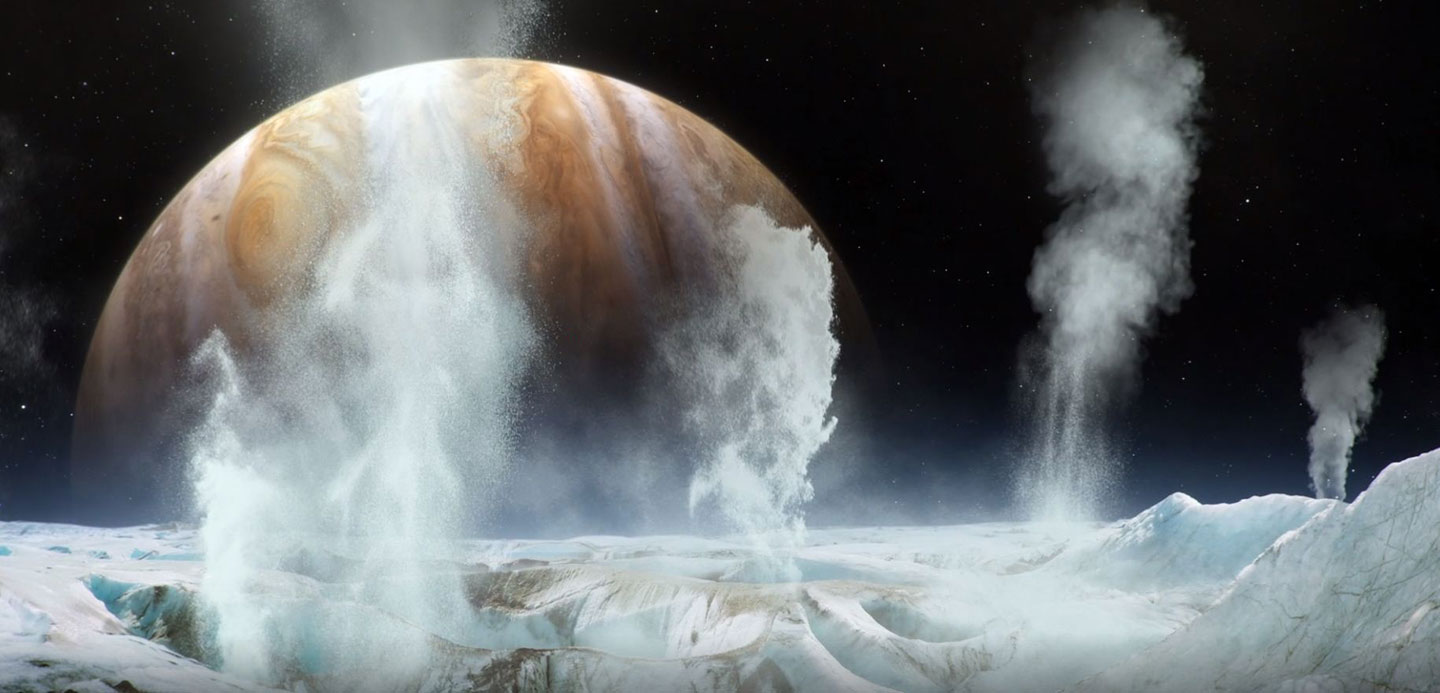Contact Us
Contact:
Beverly Brown
ISSTI Coordinator
Don Myers Technology & Innovation Building, Room 206 B on a map
Physics 4400 Massachusetts Avenue NW Washington, DC 20016 United StatesSpace Science and Technology at AU

AU’s Institute for Integrated Space Science and Technology (ISSTI) was established in 2017 to expand and create research and educational opportunities for students, staff, and faculty in the areas of astronomy, astrophysics, and heliophysics, in the highly interdisciplinary fields of planetary science, astrobiology, and astrochemistry, and in the applications of physics, engineering, computer science, data analysis, and mathematical modeling to space science and technology.
Related Degrees
AU Space Science Research, News, and Events

ISSTI Research Assistant Professor and NASA Space Research Scientist Dr. Thomas Fauchez contributed to a team that used data taken using the James Webb Space Telescope to detect a possible atmosphere on exoplanet LHS 1140 b. This would be the first time a rocky planet with an atmosphere has been found in the habitable zone outside the solar system. Fauchez used the Planetary Spectrum Generator, a tool created at NASA Goddard Space Flight Center, to analyze the Webb data with simulations of transmitted light spectra, comparing these spectra under various atmospheric conditions, to identify which scenario best matched the telescope observations. The new findings will soon be published in The Astrophysical Letters Journal.

ISSTI Research Associate Professor and NASA Planetary Scientist Dr. Lucas Paganini led a team of researchers who have detected plumes of water vapor emitted from Jupiter’s moon Europa. The discovery, published in Nature Astronomy , supports the hypothesis that there is an ocean of water below the moon frozen surface. The possibility of liquid water makes Europa one of the current leading candidates for life in our solar system, outside of Earth. For more on this exciting science, check out the NASA video and space.com article, The Weird Plumes of Jupiter's Moon Europa Are Spewing Water Vapor.
Mission
ISSTI supports AU’s space science researchers and AU’s partnerships with NASA’s Goddard Space Flight Center. Our researchers are working on many of the 21st centuries most interesting questions. We are investigating the origins of life in the Solar System and beyond, developing methods to student exoplanets and their atmospheres, designing sensors and instruments for NASA missions, studying the dynamics of our Sun and its interactions with Earth, and using observatories like the James Webb Space Telescope and Hubble Space Telescope to explore our universe. AU is also home to the DC NASA Space Grant Consortium, which in partnership with ISSTI promotes student engagement in science, technology, engineering and mathematics.
